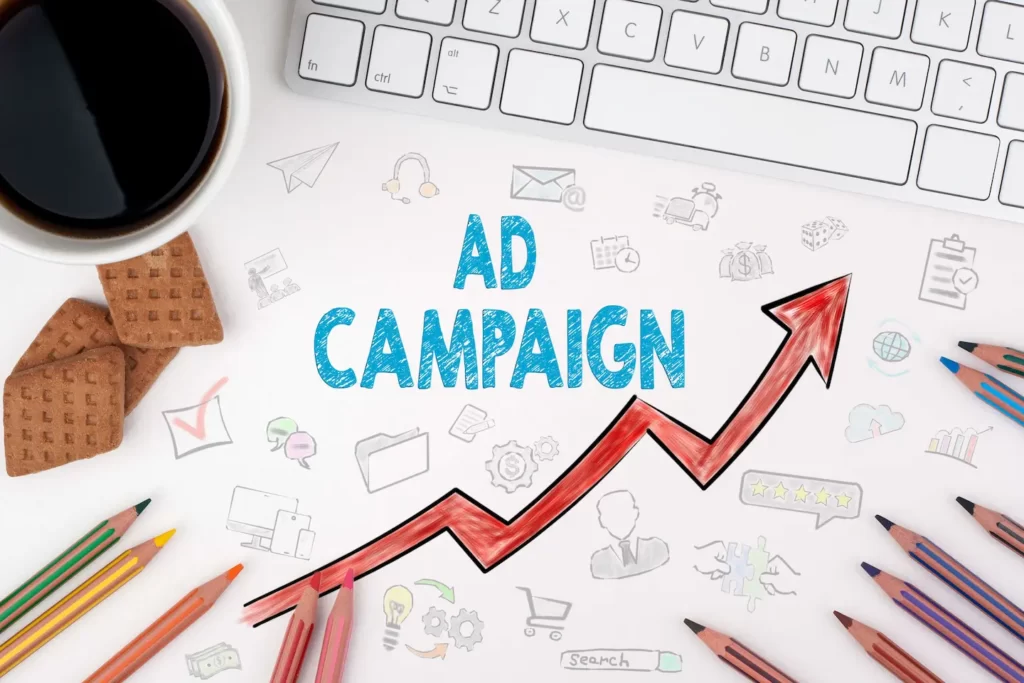Understanding Social Media Ads: A Comprehensive Guide
“Advertising is the very essence of democracy.” – Anton Chekhov.
Have you ever scrolled through your favorite social media platform and been captivated by an ad that seemed tailored just for you? Welcome to the intricate world of social media advertising. In the vast digital landscape we navigate daily, these ads have become crucial waypoints, guiding and influencing our online journeys.
1. What Are Social Media Ads?
At their core, social media advertisements are tailored pieces of content, curated to promote products, services, or causes, and specifically designed to be featured on social media platforms. They differ from regular posts in their objectives, targeting criteria, and often, their visual design. The dawn of social media ads can be traced back to the mid-2000s, with Facebook’s rudimentary ad offerings. Fast forward to today, and they’ve metamorphosed into multifaceted tools, leveraging sophisticated algorithms, user data, and interactive content to captivate audiences.
2. Why Businesses Use Social Media Ads
- Immense Reach: With over half the global population using social media, it’s no wonder businesses are keen to establish their presence there. Social media platforms provide a unique opportunity to tap into a vast and engaged global audience, making the world a small digital neighborhood.
- Targeted Marketing: One of the primary advantages of social media advertising is its unparalleled ability to target. Whether it’s age, location, interests, or browsing behavior, businesses can refine their audience to a needlepoint precision, ensuring their ads are seen by those most likely to convert.
- Versatility: The dynamic nature of social media platforms means that ads can take various forms, from images, videos, stories, to interactive polls. This adaptable format allows businesses to be creative, authentic, and timely in their marketing endeavors.
- Cost-Effectiveness: Contrary to popular belief, social media ads, when done right, can offer a better ROI than traditional advertising channels. The direct interaction with users, coupled with precise targeting and real-time analytics, makes every penny count.
By understanding the essence and advantages of social media ads, businesses and marketers can harness their power, creating impactful campaigns that resonate and achieve desired outcomes. Whether it’s brand awareness, conversions, or community building, the social media ad realm is replete with opportunities waiting to be seized.
3. Major Platforms for Social Media Advertising
- Facebook: As the titan of social media, Facebook offers a plethora of ad types, from image and video ads to carousel and slideshow formats. Tailored to a diverse global audience, Facebook excels in detailed targeting. Best practices include creating mobile-optimized ads, incorporating compelling CTAs, and leveraging the power of Facebook’s Ad Manager for detailed insights.
- Instagram: Owned by Facebook, Instagram is a visual paradise. The platform places a heavy emphasis on high-quality images, videos, and the immersive experience of Stories. Brands often engage with users by leveraging user-generated content, collaborating with influencers, and harnessing the power of IGTV for longer video content.
- Twitter: A platform for real-time conversations, Twitter is the go-to for quick engagement and riding the waves of trending topics. Ads on Twitter range from Promoted Tweets to video ads. Engaging with popular hashtags, creating interactive polls, and timing your ads with current events can maximize your ad’s reach and engagement.
- LinkedIn: The professional’s social media, LinkedIn is primed for B2B marketing and networking. Sponsored Content, Message Ads, and Dynamic Ads are just some offerings. For best results, businesses should maintain a professional tone, provide value-driven content, and harness LinkedIn’s robust targeting options, especially for industry-specific campaigns.
- TikTok, Snapchat, and Emerging Platforms: Favored by Gen Z and younger millennials, these platforms are all about short, engaging, and often ephemeral content. Brands looking to tap into these demographics should be ready to innovate, collaborate with platform-specific influencers, and stay updated with the latest content trends.
4. Crafting an Effective Social Media Ad Campaign
- Define Your Goals: Every successful ad campaign starts with clear objectives. Whether you aim for brand awareness, lead generation, or sales conversions, defining goals provides direction and a measure for success.
- Know Your Audience: Dive deep into analytics and use tools like Audience Insights. Developing buyer personas, understanding their pain points, preferences, and behaviors ensures your ads resonate and engage.
- Design Engaging Content: Visuals capture attention, but compelling copy retains it. Striking this balance is crucial. A/B testing visuals, using high-quality images, and crafting concise yet powerful copy can drive engagement and conversions.
- Set a Budget: Financial prudence in advertising is essential. By setting a clear budget, using bid caps, and analyzing cost-per-result metrics, businesses can optimize spend and maximize ROI.
5. Measuring the Success of Your Ads
- Key Performance Indicators (KPIs): Success in the world of social media advertising is dictated by data. Key Performance Indicators, or KPIs, are the metrics that brands should prioritize to gauge their campaign’s effectiveness. These might include engagement rates, click-through rates, conversion rates, and return on ad spend (ROAS). Regularly monitoring these KPIs helps businesses understand how their ads are performing against their set objectives.
- Tools and Analytics: Most social platforms come with built-in analytics tools that provide invaluable insights into ad performance. For instance, Facebook’s Ad Manager and Instagram’s Insights offer detailed metrics on ad reach, engagement, and demographics. Additionally, third-party software like Sprout Social or Hootsuite can further refine analysis, offering cross-platform data aggregation and deeper insights.
- Adjusting Strategies: The dynamic nature of the digital realm means that what worked today might not necessarily work tomorrow. As such, brands should be prepared to iterate their strategies based on performance data. Whether it’s tweaking ad copy, altering visuals, or changing target demographics, being flexible and adaptable is key.
6. Common Mistakes and How to Avoid Them
- Setting Vague Objectives: One of the most common pitfalls in social media advertising is not having a clear goal. To avoid this, businesses need to outline explicit objectives from the onset, be it increasing website traffic, generating leads, or boosting sales.
- Ignoring Mobile Users: With the majority of social media access coming from mobile devices, overlooking mobile optimization can be detrimental. Ensure ads are mobile-friendly, with fast-loading visuals and easy-to-click CTAs.
- Overlooking Video Content: Video is arguably the most engaging content type on social media. As platforms like TikTok and Instagram Reels rise in prominence, brands that fail to leverage video content risk falling behind. From short clips to longer productions, incorporating video ads can vastly enhance reach and engagement.
Conclusion
In the vast world of digital marketing, social media ads have emerged as a powerful tool, bridging the gap between brands and their audiences. Their significance in shaping consumer perception, driving engagement, and achieving business objectives cannot be understated. As the digital landscape continues to evolve, businesses must not only recognize the importance of social media ads but also master the nuances of creating, measuring, and optimizing them. By avoiding common pitfalls and embracing data-driven strategies, brands can truly leverage the transformative power of ads, propelling them to new heights in the digital age.










